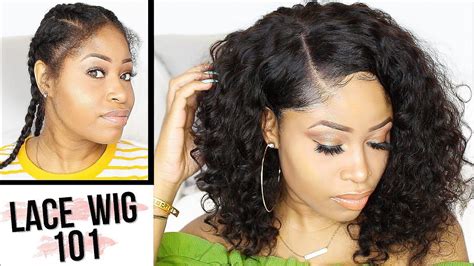Introduction
Braid hair, an intricate art form dating back centuries, has regained popularity as a versatile and breathtaking hair styling technique. With countless variations and endless possibilities, braids offer a stylish and sophisticated way to elevate any look. This comprehensive guide delves into the world of 27 braid hair, unveiling its captivating allure and providing a roadmap for creating awe-inspiring styles.

Types of Braid Hair
The mesmerizing world of braid hair boasts a kaleidoscope of styles, each with its own unique charm:
1. Dutch Braid (a.k.a. Inside-Out Braid):
– A reverse twist on the classic braid, where strands are crossed under each other, creating a raised and textured effect.
2. Fishtail Braid:
– Mimicking the overlapping scales of a fish, this braid features sections of hair interwoven in a side-to-side motion.
3. French Braid:
– A timeless and elegant style where sections of hair are added from the sides as the braid is woven downward.
4. Waterfall Braid:
– A cascade of beauty, where small sections of hair are released at regular intervals, resembling a tumbling waterfall.
5. Crown Braid:
– A majestic halo encircling the head, created by intricately weaving strands around a central point.
Benefits of Braid Hair
Beyond its aesthetic appeal, braid hair offers a multitude of benefits:
- Versatile: Suitable for all hair types and lengths, from thick curls to sleek straight tresses.
- Protective: Encases strands, shielding them from environmental damage and breakage.
- Comfortable: Distributes weight evenly, reducing strain on the scalp.
- Stylish: Adds instant sophistication and elegance to any outfit.
- Long-lasting: Can last for days, providing a convenient and low-maintenance hairstyle.
Applications of Braid Hair
1. Red Carpet Glamour: Adorns the tresses of celebrities, adding a touch of opulence to their red-carpet appearances.
2. Bridal Beauty: A timeless choice for brides, enhancing their radiant glow with intricate and elaborate braids.
3. Everyday Elegance: Elevates everyday outfits, transforming casual looks into stylish masterpieces.
4. Protective Hairstyles: Shields hair from harmful elements and promotes healthy hair growth for those prone to breakage.
DIY Braid Hair Tips
- Prepare your strands: Use a detangling brush and smooth hair serum to prevent tangles.
- Section your hair: Divide hair into equal sections to ensure even distribution.
- Secure your ends: Tie off the ends of your hair with elastic bands to prevent unraveling.
- Add embellishments: Incorporate ribbons, beads, or hair accessories to enhance the beauty of your braids.
- Seal the deal: Finish with a hairspray or anti-frizz serum to tame flyaways and extend the hold.
Common Mistakes to Avoid
- Over-tightening: Avoid excessive tension, as it can cause discomfort and damage hair.
- Unraveling the Braid: Secure the ends of your braids with elastic bands or bobby pins to prevent accidental loosening.
- Not sectioning your hair: Uneven sections can lead to an untidy and disoriented look.
- Neglecting maintenance: Brush braids gently daily to prevent breakage and maintain their shape.
Pros and Cons of Braid Hair
Pros:
- Protective and versatile
- Enhance hair texture and volume
- Suitable for all hair types
- Can last for days
Cons:
- Time-consuming to create
- Can cause scalp discomfort if over-tightened
- May require touch-ups to control frizz
Conclusion
27 braid hair is an art form that transforms ordinary tresses into extraordinary masterpieces. With its versatility, protective qualities, and timeless elegance, braid hair has captivated hearts for centuries. By embracing the tips and techniques presented in this comprehensive guide, you can unlock the countless possibilities of braid hair and unlock your true hair potential.
